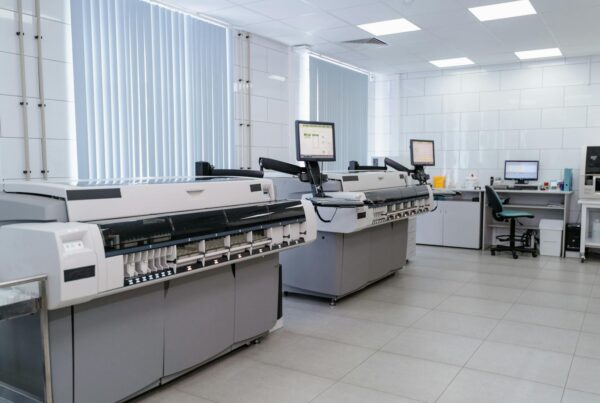Design is evolving fast, and AI is now at the centre of that shift. It’s no longer just an extra feature; it’s shaping how products look, feel, and respond. The Google Pixel 10 shows how deeply the technology is woven into interface design, visuals, and user experience.
For designers working on apps, websites, or digital products, Pixel 10 offers lessons in how hardware, software, and design can work towards a seamless experience for users.
Table of Contents
Material 3 Expressive: Personalised UI as Standard
A standout new feature in the Pixel 10 is Material 3 Expressive, a system that adapts the UI to your design preferences. The colours on your screen change to match your wallpaper. For example, a beach at sunset brings warm oranges and pinks, while a night sky draws out cooler blues.
For designers, this demonstrates how context-aware design can create stronger emotional connections. It’s a reminder that interface elements don’t need to be fixed; they can flex in response to the user’s environment and mood.
On-Device AI: Faster, More Private, More Creative
The Pixel 10 runs AI directly on the phone, cutting out delays so translations, smart replies, and edits happen instantly. No waiting for a server round-trip, and more data stays private on the device.
For users, this means tools like live translation, predictive replies, Magic Cue, and Camera Coach feel immediate and reliable, even offline. For designers, the shift is bigger: AI now shapes the interface itself. How buttons respond, how suggestions appear, and how feedback arrives in real time.
This demands new priorities:
- Design for speed: micro-interactions must feel instant.
- Plan offline first: features should degrade gracefully.
- Use clear prompts: real-time AI needs concise microcopy.
- Design fallbacks: AI makes mistakes, so show helpful states.
Creative tools are following the same path. Figma’s AI-assisted layouts and Adobe Firefly’s real-time edits show how instant, on-device feedback is becoming a design standard. Pixel 10 brings that same principle to everyday interactions. It’s a signal for designers to think beyond static screens and towards real-time, adaptive guidance.
Visual Language, Motion, and Typography
Pixel 10 raises the bar for how motion and detail shape the user experience. Animations are smoother, transitions feel deliberate, and icons respond more fluidly. Tapping the Google Assistant microphone triggers subtle haptics, while backgrounds shift gently as you scroll, adding depth.
Motion isn’t just decoration, it guides attention. Notification badges bounce to highlight new activity, toggles snap into place, and cards lift slightly when pressed, reassuring users that the system has registered their input.
Typography and micro-details are refined too. Headings scale smoothly, body text adapts across contexts, and subtle changes in shadow and lighting make the interface feel almost tactile. For designers, the takeaway is clear: details like spacing, motion, and text hierarchy communicate craft and build trust.
Performance + Display Design
Pixel 10’s Tensor G5 chip runs advanced AI models like Gemini Nano efficiently. For designers, this means you can build features rich in AI without compromising responsiveness.
The display has also improved: brighter outdoors, more responsive refresh rates, and smoother motion. Designers must now assume their work will be used across diverse lighting and environments. If a design only works in perfect conditions, it will fail.
Ethical, Inclusive, and Adaptive Design
Pixel 10 continues Google’s work on Real Tone, representing a wider range of skin tones accurately in photography. It’s a reminder that inclusivity is not optional, it’s part of design quality.
For designers, this highlights the need to think about how AI models are trained, what biases they carry, and how UI can adapt to different cultural, and accessibility needs. Adaptive design is becoming the baseline, not the exception.
Implications for Designers
So, what can designers take from the Pixel 10?
- Design systems must flex — themes, animations, layouts adapt.
- Anticipatory UIs will grow — features that predict needs.
- On-device AI changes flows — design for offline, private use.
- Micro-details matter — typography, motion, lighting build trust.
- Accessibility and ethics are core — baked in from the start.
What the Pixel 10 Predicts
The Pixel 10 is more than a phone; it’s a signal of where UI/UX is heading:
- Interfaces will be more expressive and adaptive.
- AI will be embedded, not bolted on.
- Design tools will guide the user, not just decorate.
- Products will adapt to people, not the other way around.
For designers, that’s both a challenge and an opportunity. The tools are getting more powerful, expectations are rising, and the Pixel 10 offers a glimpse of the design future already unfolding.







